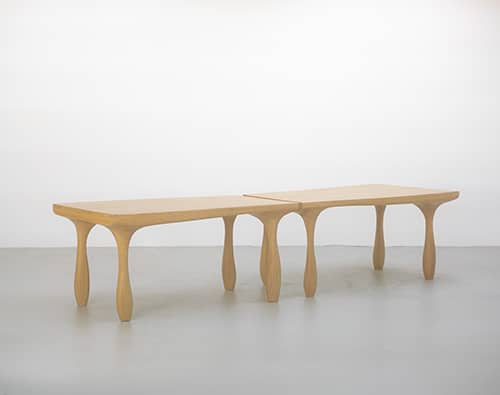Artist Q&A with Jacques Jarrige
Jacques Jarrige is a Paris-based artist working in the confluence of fine art and decorative art with sculptural and functional objects in relation to the body and human scaled spaces. He is represented by Valerie Goodman Gallery in New York.

Who is your favorite artist of all time?
I love the work of Henry Moore. I first saw his work at the Château de Bagatelle in the 16th arrondissement of Paris, which is famous for its rose garden. In this naturalistic English landscape style park setting, Moore’s work gave me the feeling that I was meant to be a sculptor. It was his work that made me believe I was meant to do it.
How did you become a professional artist?
I have always felt strongly connected to art. My father was an avid art collector, so there were a lot of paintings in my home as a child. There were also two small, distinctive Rodin sculptures that were always in the house, and now, in the back of my mind.
Through studying architecture at the École des Beaux-Arts and decorative art at Ecole Supérieure d’Art Moderne, I became drawn to creating more sculptural works. The first object I created was a chair made of rebar I had envisioned in my mind. I bought a welding gun and created the piece in my kitchen. By physically creating a work of art in this manner, I understood it more and became less reliant on drawing in my practice. I was inspired that I could directly create what I had envisioned.
In school I was not interested in pursuing anything other than drawing. Not music, math or any other field, and later architecture wasn’t really satisfying. … Click here to read more











